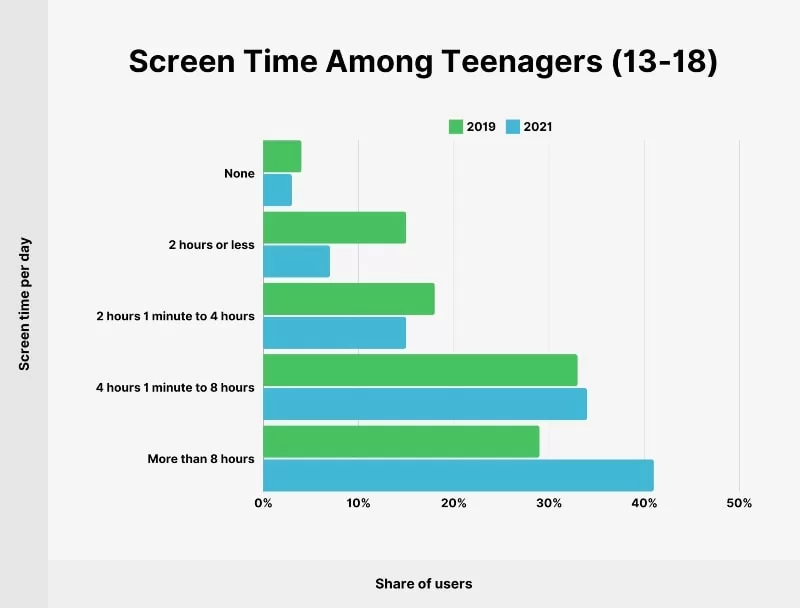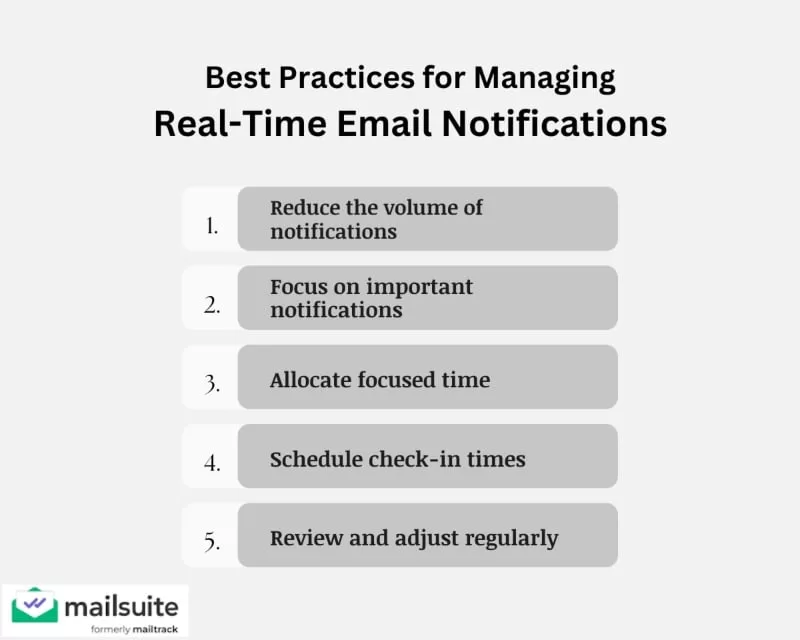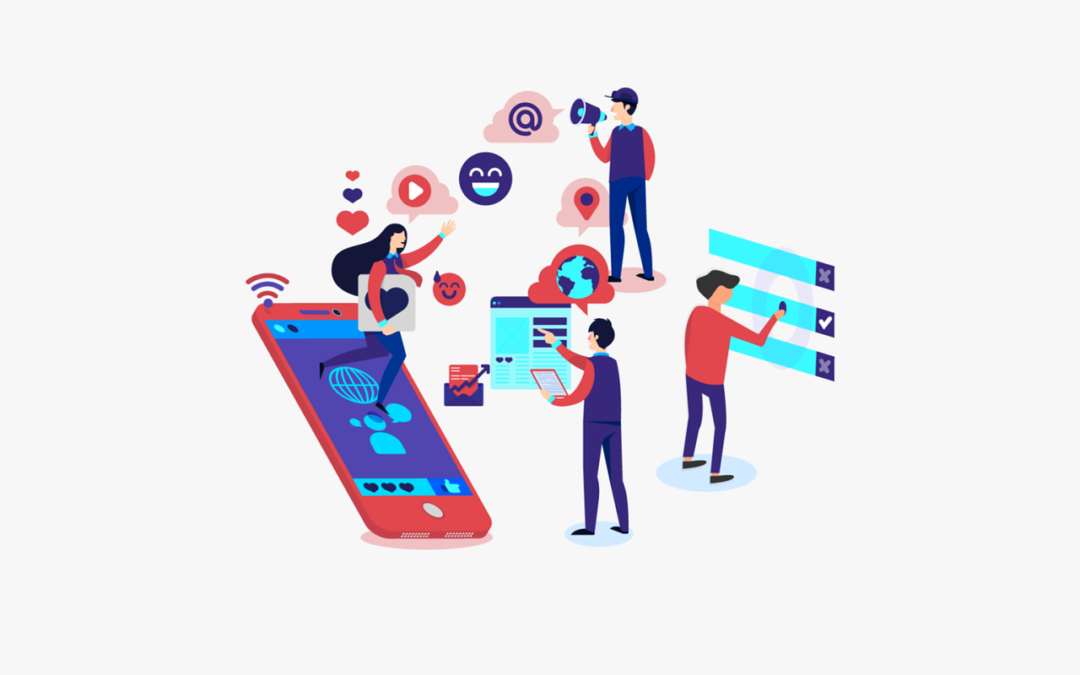Feeling overwhelmed by digital clutter and constant notifications?
As survivors of narcissistic relationships, the endless stream of information and social media interactions can be particularly triggering and exhausting.
A digital detox and declutter can help you reset, refocus, and create a more peaceful, purposeful life.
This guide will provide you with 15 actionable steps to detox digitally and declutter your online presence.
Here are 15 pointers on how to do a digital detox and declutter:
1. Take a Week-Long Social Media Break
When was the last time you spent a week offline?
As survivors of narcissistic relationships, taking a break from social media and news apps can provide mental clarity.
If a full detox feels overwhelming, start small by limiting your access for a few hours daily.
Let people know in advance that you’ll respond to emails and messages after the detox period.
2. Journal How You Feel During the Detox
Did you know journaling can help track your emotional journey?
Reflect daily on your mood and stress levels. Did stepping away from certain apps reduce anxiety?
Identify specific platforms or interactions that previously made you uneasy.
Read more about how to jounal here:
https://www.adbra.co.uk/how-to-journal-the-ultimate-guide
https://www.deccanherald.com/specials/the-art-of-journalling-1153627.html
https://www.innermelbpsychology.com.au/journalling-mental-health/
Now that you’re journaling, let’s look at how to use your newfound time productively.
3. Record Activities You Enjoyed Without Social Media
What would you do with extra time in your day?
Write down activities you tried during your detox—reading, hiking, spending time with family.
Reflect on which ones brought you joy and consider integrating them into your regular routine.
The following article gives a list of offline activities for all age groups:
https://gamequitters.com/best-screen-free-activities-by-age/
Beyond spending time wisely, it’s time to declutter the apps you no longer need.
4. Delete Apps and Accounts You Don’t Need
Are all your apps truly necessary?
Evaluate which apps serve a purpose and which ones clutter your phone. Deleting unnecessary apps can reduce data exposure and distractions.
Ready to take control of your screen time? Let’s dive in.
5. Set Screen Time Restrictions
Small time limits can lead to big changes.
Use screen time monitoring apps to set daily usage limits. Start small by reducing usage by 15 minutes each day.
The following infographic from Banklinko shows screen time among teenagers (13-18) in the US.
According to Banklinko, on average, screen time in the US is 7 hours and 3 minutes.

Here is an article on the best apps for limiting screen time:
https://www.safetydetectives.com/blog/best-apps-for-limiting-screen-time/
6. Switch off your phone for certain hours after work
If you are someone who gets anxious if you don’t reply to an email or message right away, switching off your phone after work can be a game-changer.
Survivors of narcissistic relationships often feel pressured to be constantly available, whether it’s for work, family, or even social obligations.
This pressure can be overwhelming and draining. By intentionally switching off your phone for a few hours, you can reclaim your peace of mind and focus on activities that nurture your well-being.
Let those around you know that you are unavailable during these hours to set clear boundaries.
Taking this small step not only aids in your digital detox but also strengthens your ability to set boundaries—a critical skill for breaking free from the influence of a narcissistic relationship.
7. Turn Off Notifications for Non-Essential Apps
Notifications can be relentless distractions, pulling your focus away from healing and self-care, especially when recovering from a narcissistic relationship.
Survivors of narcissistic relationships often face heightened anxiety and mental exhaustion.
Constant pings and alerts can exacerbate these feelings, disrupting the peace you are trying to cultivate.
Turning off non-work-related app notifications helps you direct your attention to what truly matters without interruptions.
The following infographic from Mailsuite shows Best Practices for Managing Real-Time Email Notifications.

8. Keep Your Social Media Profile Private As Much As Possible
Maintaining privacy on social media is a crucial step in protecting yourself from the lingering effects of a narcissistic relationship.
Keeping your profiles private on platforms like Instagram and Facebook allows you to control who can view your content and interact with you.
Survivors of narcissistic relationships are often vulnerable to further manipulation or unwanted attention from individuals linked to past experiences.
By setting your profiles to private, you significantly reduce the chances of attracting new narcissists or enablers into your digital space.
This simple step not only safeguards your mental health but also provides a sense of control and security, which is essential for healing from a narcissistic relationship.
Additionally, a private profile minimizes exposure to triggering content and unsolicited opinions, creating a more peaceful digital environment.
Review your privacy settings regularly to ensure they align with your needs and goals.
Here is an article on 8 reasons to keep your social media profile private:
https://www.eset.com/uk/about/newsroom/blog/8-reasons-to-keep-your-social-media-set-to-private/
9. Block Narcissists on Social Media: A Key Step in Digital Detox for Narcissistic Relationship Healing
Blocking narcissists on social media is an empowering way to take back control and create a safe digital environment during your recovery from a narcissistic relationship.
Identify and block all narcissists on your social media platforms to prevent them from sending follow requests or interacting with your content.
This proactive measure helps avoid awkward situations where you might feel pressured to respond or engage.
Blocking problematic individuals not only protects your mental health but also reinforces your boundaries—an essential aspect of healing from a narcissistic relationship.
Narcissists can exploit your social media presence to gather information or maintain control, even after a relationship has ended.
By reviewing your follower and following lists regularly, you can spot and remove any toxic individuals who may be affecting your peace of mind.
Don’t hesitate to block anyone who exhibits inappropriate or manipulative behavior—your well-being comes first.
10. Block Enablers of Narcissists on Social Media to Safeguard Yourself
Blocking narcissists on social media is a great first step, but it’s equally important to address the enablers in your network—individuals who might indirectly support harmful behavior.
Enablers of narcissists are often individuals who maintain connections with narcissists and may pass on your personal information or updates about your life.
They might not act maliciously but can still inadvertently compromise your boundaries and safety.
To effectively safeguard your mental health and progress from a narcissistic relationship, identify and block these enablers on all your social media platforms.
This is especially crucial if you are trying to create a clean slate or minimize contact with individuals linked to your past toxic experiences.
Enablers often act as conduits for narcissists, sharing information without realizing the potential harm.
By limiting access to your life, you are taking a proactive step to maintain control over your personal narrative and protect your mental health.
Helpful Tip: If you’re unsure whether someone is an enabler, ask yourself if they frequently engage with the narcissist, share their posts, or relay information about you back to them. Trust your instincts when deciding whom to block.
11. Update the List of Accounts You Follow and Your Followers
Regularly review your social media connections to protect yourself from toxicity and maintain a healthy digital environment.
Updating the list of accounts you follow and your followers is a crucial part of digital detox, especially for survivors of a narcissistic relationship.
At least once a year, take the time to audit your social media connections.
Remove or block accounts that display problematic behavior or share inappropriate content. This helps you maintain boundaries and minimize exposure to negativity.
When navigating the aftermath of a narcissistic relationship, maintaining a safe online space is essential.
Narcissists or their enablers might linger in your social media circles, using subtle methods to remain involved in your life.
A thorough review of your followers and the accounts you follow can help you identify and eliminate these toxic connections.
Tips for an Effective Social Media Audit
-
Look for Red Flags: Pay attention to accounts that overshare negative or harmful content, as well as those that might still have ties to the narcissist in your past.
-
Prompt Action: Don’t hesitate to block accounts that make you feel uncomfortable or unsafe.
-
Categorize Connections: Organize your followers into categories like personal, professional, and inspirational. This can help you decide who adds value to your life.
Consider setting a reminder to review your social media annually.
Regular maintenance helps you stay proactive about protecting your mental health and avoiding unnecessary interactions that might trigger memories of a narcissistic relationship.
12. Pay Attention to Privacy Policy Updates on Apps
In today’s digital world, your personal data can be easily exploited, especially by those with narcissistic tendencies.
Protecting your online privacy is a critical step for survivors of narcissistic relationships.
Every app you use collects some form of data, and updates to privacy policies can often open the door for information sharing you may not approve of.
By regularly reviewing privacy settings, you ensure that apps aren’t unknowingly compromising your safety.
Start by reading the latest privacy updates for the apps you use most frequently. Pay attention to new data-sharing permissions or default settings that may have changed without your knowledge.
Disable unnecessary permissions, such as access to your location or contacts, especially on social media platforms.
- Practical Tip: Turn off location access for social media apps unless absolutely necessary. This adds an extra layer of protection, preventing narcissistic individuals from potentially tracking your movements or activities online.
- Resource Suggestion: Use guides on app privacy settings for platforms like Facebook, Instagram, and TikTok to stay updated.
Regularly audit the privacy settings of apps at least once a year.
Check permissions for photo access, microphone, and more to ensure they align with your comfort level. Limiting unnecessary data sharing can minimize risks and make you less vulnerable.
13. Clean Your Email Inbox: Simplify Your Digital Space and Avoid Triggers from Narcissistic Relationships
A cluttered inbox can be overwhelming and may even contain reminders of a past narcissistic relationship. Taking time to clean it up is a simple yet effective step in your digital detox.
Over time, email inboxes become filled with newsletters, subscriptions, and promotions that no longer serve you.
Sorting through these can help you reduce mental clutter and remove any unnecessary stressors that might trigger negative emotions, especially for survivors of narcissistic relationships.
Start by unsubscribing from emails that don’t add value to your life and block email IDs of narcissists and their enablers.
Use tools like Unroll.me or your email provider’s built-in features to manage subscriptions quickly.
Next, create categories or tags to organize emails, separating important messages from those that can wait or are purely informational.
14. Clean Your PC, Laptop, and Drives to Remove Traces of a Narcissistic Relationship
Digital clutter can be a constant reminder of the past. Start fresh by decluttering your devices and removing any ties to a narcissistic relationship.
Go through your computer, laptop, and external drives. Delete files, folders or emails tied to your narcissistic relationship.
This simple yet symbolic act helps you release emotional baggage and regain control of your digital space.
If you’re hesitant about deleting everything permanently, consider transferring sensitive files to an encrypted external drive to revisit only when you’re emotionally ready.
15. Delete Pictures That Evoke Negative Feelings from Your Narcissistic Relationship
Old photos can feel like emotional landmines, especially when tied to a narcissistic relationship. A digital detox starts with freeing yourself from these visual triggers.
Go through your photo albums and delete any images that bring up negative emotions or remind you of your narcissistic relationship.
Photo apps often resurface memories on anniversaries, making it even more important to curate your digital space. Preserve only the photos that bring you peace and positivity.
Deleting emotionally charged photos is a powerful step in your digital detox, allowing you to focus on the memories and moments that truly matter.
Conclusion: Reclaim Your Digital Space and Heal from a Narcissistic Relationship
A digital detox is more than just clearing files or organizing devices—it’s an act of self-care and empowerment.
For survivors of narcissistic relationships, letting go of digital clutter tied to the past can help reduce emotional triggers, rebuild boundaries, and create a healthier, more positive online environment.
FAQs on Narcissistic Relationships
1. How can I tell if I’m in a narcissistic relationship?
If you are constantly drained from interacting with someone, it is a sign of a narcissistic relationship. Initially, narcissists may treat you well, but later on, they will pick on you for every minor action you take. You will feel constantly judged.
2. Are there any support groups for people in narcissistic relationships?
There are several support groups available for individuals who have experienced narcissistic relationships.
https://www.thecenterforgrowth.com/support-groups/life-after-the-narcissist-support-group
https://www.meetup.com/topics/narcissism-survivor/
Additional Resources:
Read more about the advantages of digital detox through the links below:
https://www.goodrx.com/health-topic/mental-health/digital-detox
https://www.healingholidays.com/blog/10-reasons-to-do-a-digital-detox
https://www.verywellmind.com/why-and-how-to-do-a-digital-detox-4771321
https://cardinalclinic.co.uk/5-reasons-to-do-a-digital-detox/

